September 19, 2024 - February 23, 2025
Calculations and Coincidences brought together three pioneers of algorithmic art—Vera Molnár, Dóra Maurer, and Gizella Rákóczy—through their works from the Hungarian National Bank Collection. The exhibition focused primarily on the profound influence of Molnár, who was unquestionably among the most significant names in computer art while tracing how the artistic explorations of Maurer and Rákóczy expanded the boundaries of abstraction through the integration of algorithms and mathematics.
Vera Molnár began working with computers as early as 1968 and utilized them as a generative tool to create paintings and graphic art, which broadened the frontiers of both science and art. Algorithmic randomness played a crucial role in her work; order, disorder, structure and freedom were important notions in understanding her artistic practice.
In Dóra Maurer’s works, there was a strong tendency to systematize. Since the early 1970s, Maurer explored the forms and tools of mathematics—which created pure, exact constructions—and music, especially serial music. Her work was characterized by counting and transforming disordered sets into ordered ones.
Rákóczy’s consistent, systematic painting practice and structure-oriented, serial attitude made her a leading figure in international geometric art. From 1976 onwards, she investigated the behavior and serial possibilities of four-arm spirals using combinatorics. Starting in 1998, the tempera paintings based on the numerical laws of four-arm spirals were replaced by watercolor drawings, in which she layered the tonal shades of transparent paint using the formula of the Fibonacci series.
This exhibition not only showcased each artist's individual contributions but also emphasized the interconnectedness of their artistic journeys. Accompanying the events taking place as part of the 2024 Hungarian-Turkish Cultural Year, the exhibition offered an opportunity to witness how Molnár, Maurer, and Rákóczy collectively shaped the landscape of algorithmic art.
Image Credits
Vera Molnár
Fraction, 2010-12
Acrylic on canvas
2 pieces; 50 x 50 cm (each)
Courtesy of the Artist and the Central Bank of Hungary Collection
Vera Molnár
Squaring the Circle, 1962-64
Oil on canvas
110 x 100 cm
Courtesy of the Artist and the Central Bank of Hungary Collection
Gizella Rákóczy
4 Tones of 4 Colours, 2002
Watercolour on paper
5 pieces; 69 x 69 cm (each)
Courtesy of the Artist and the Central Bank of Hungary Collection
Gizella Rákóczy
Bent Spiral, 1987
Tempera on paper
117 x 198,5 cm
Courtesy of the Artist and the Central Bank of Hungary Collection
Dóra Maurer
Complementary Continuum, 2000
Tempera on paper
48 x 61 cm
Courtesy of the Artist and the Central Bank of Hungary Collection
Dóra Maurer
As You Like 12, 1990
Acrylic on wood
2 pieces; 114 x 133 cm
Courtesy of the Artist and the Central Bank of Hungary Collection
3D Virtual Tour
Exhibition Catalogue
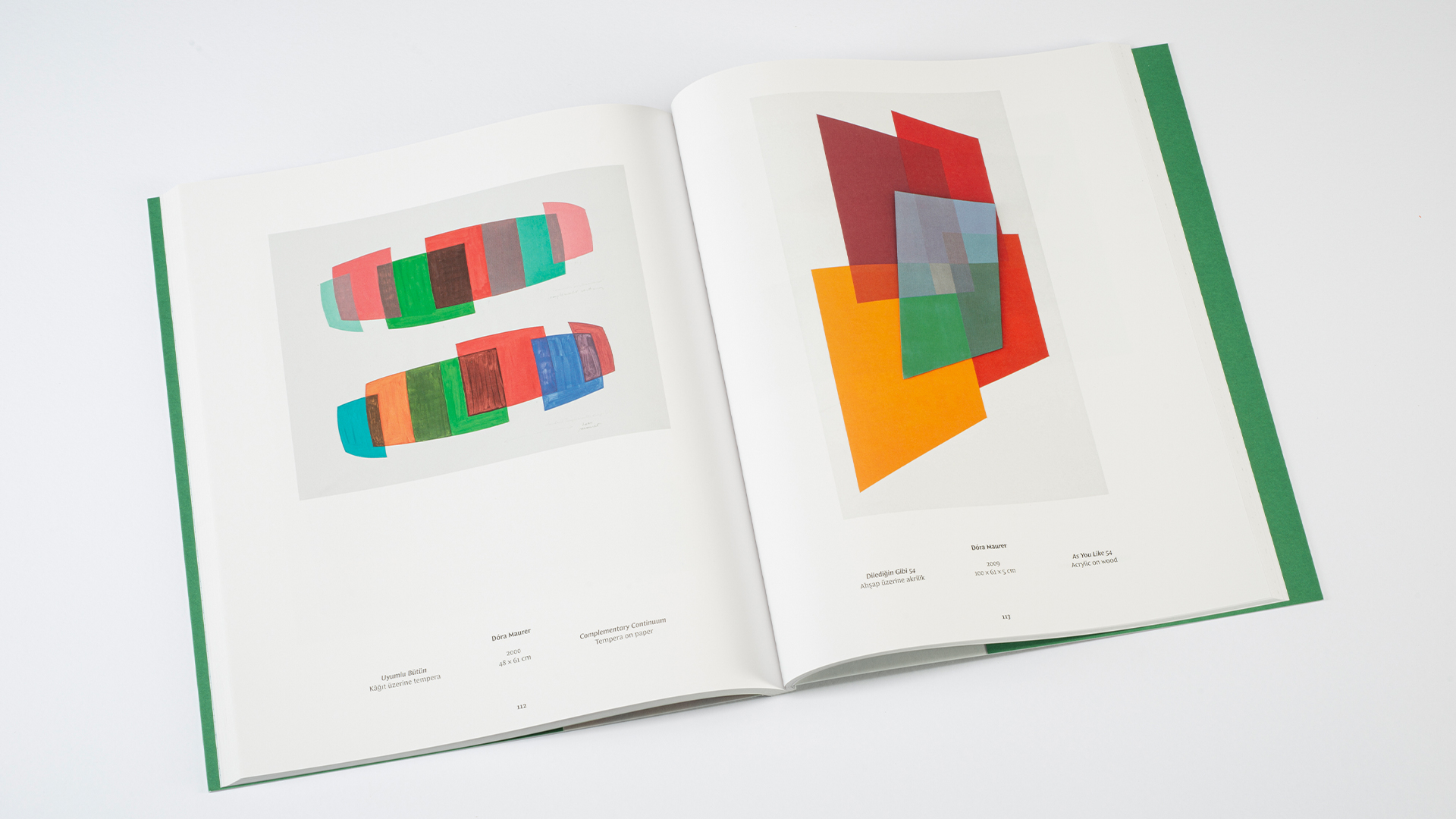
Calculations and Coincidences brings together three pioneers of algorithmic art; Vera Molnár, Dóra Maurer and Gizella Rákóczy through their works from the Hungarian National Bank Collection. The exhibition focuses primarily on the profound influence of Molnar, who was unquestionably among the most significant names in computer art, while tracing how the artistic explorations of Maurer and Rákóczy have expanded the boundaries of abstraction through the integration of algorithms and mathematics.
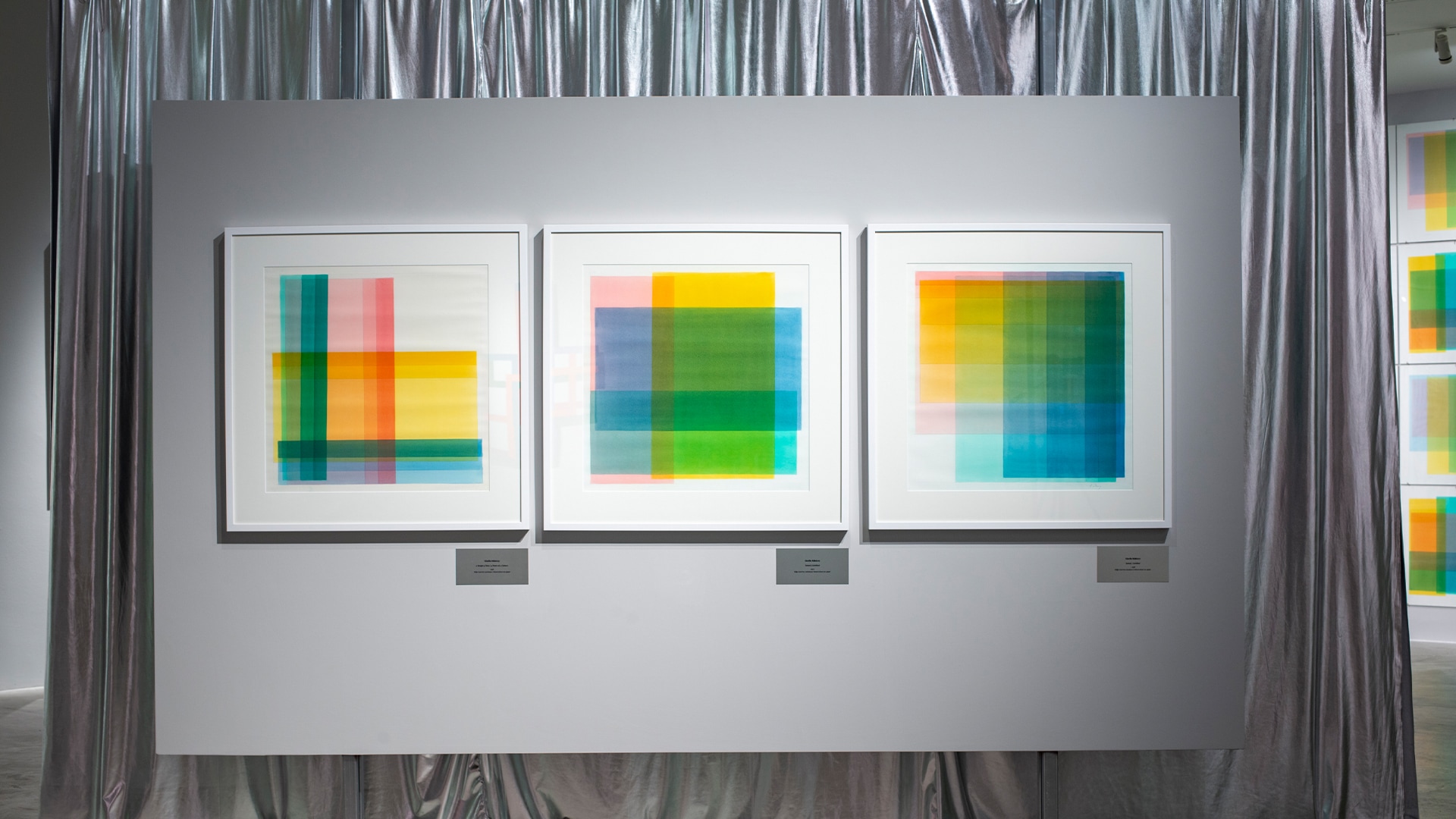
Pera Museum organizes guided tours led by Mathematics Professor Miklós Hoffmann as part of its current exhibitions. These special tours explore the connections between the artworks and mathematics, geometry, probability, and computer technology. Topics such as transformations, non-Euclidean worlds, and the creative role of computers are examined at the intersection of art and science.
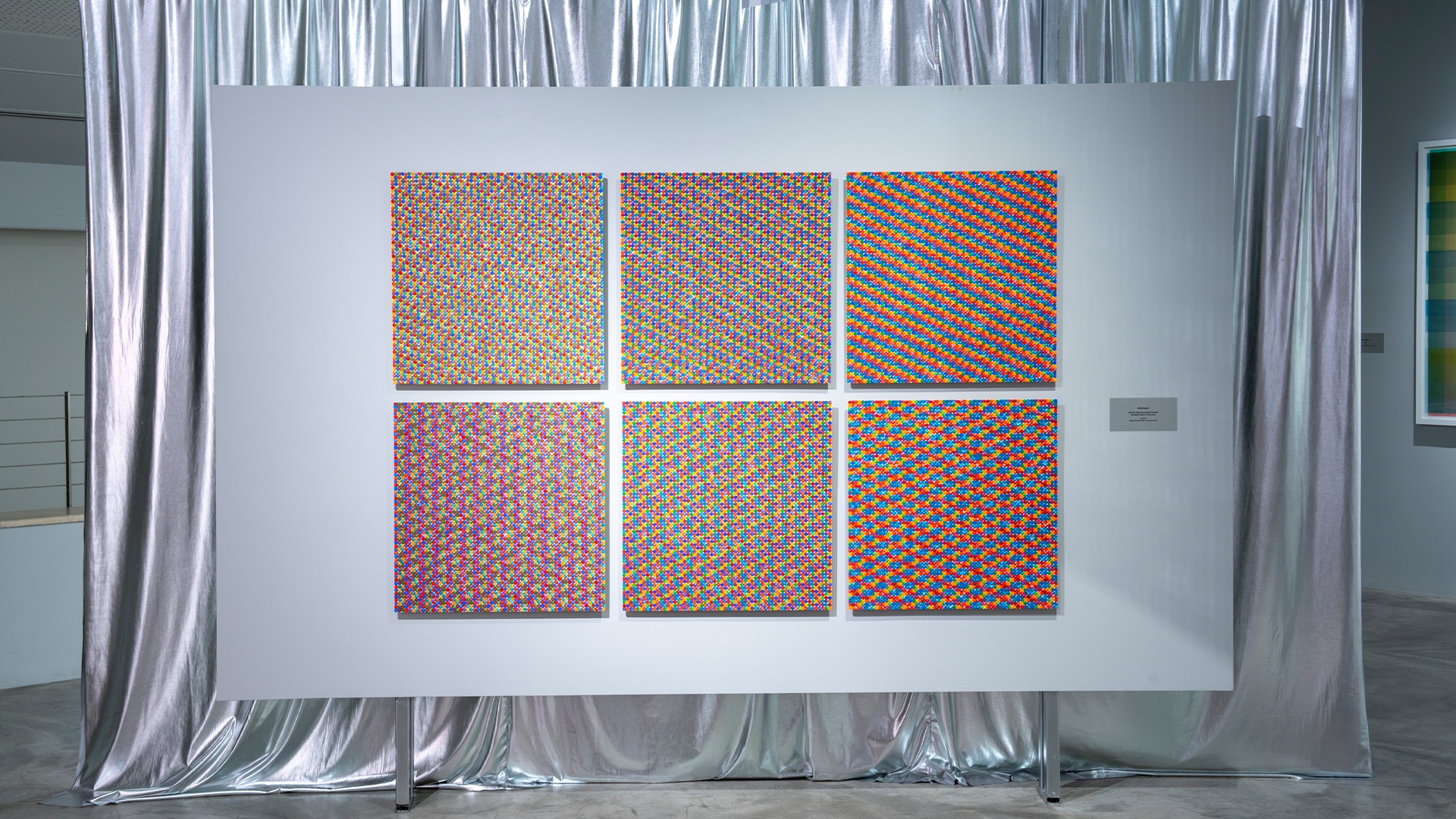
Pera Museum is hosting guided tours within the scope of its current temporary exhibitions, to be led by Mathematics Professor Miklós Hoffmann. The tours will explore the relationship between the exhibited works and mathematics, probability, geometry, and computer technology.
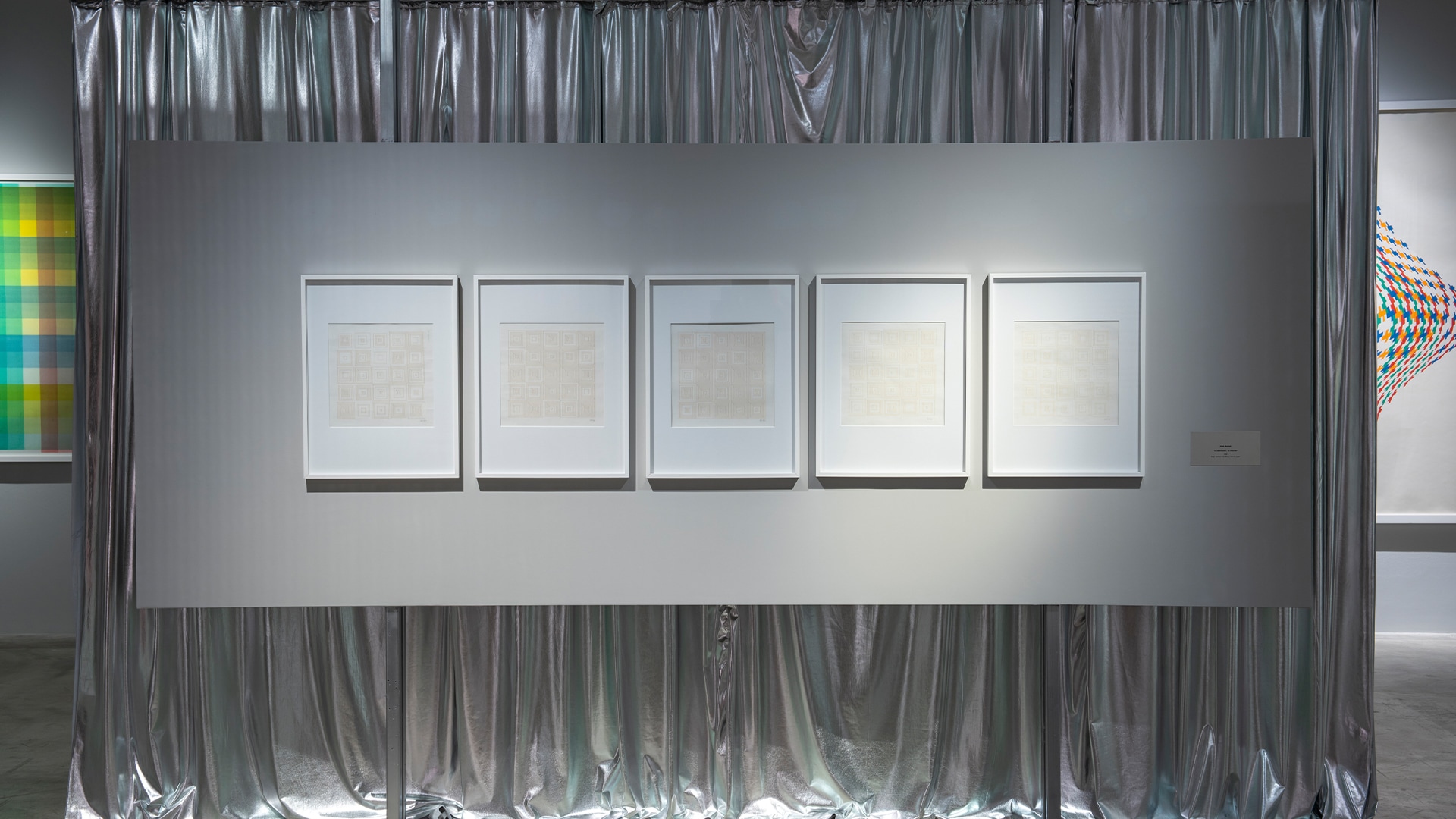
Pera Museum organizes guided tours led by Mathematics Professor Miklós Hoffmann as part of its current exhibitions. These special tours explore the connections between the artworks and mathematics, geometry, probability, and computer technology. Topics such as transformations, non-Euclidean worlds, and the creative role of computers are examined at the intersection of art and science.
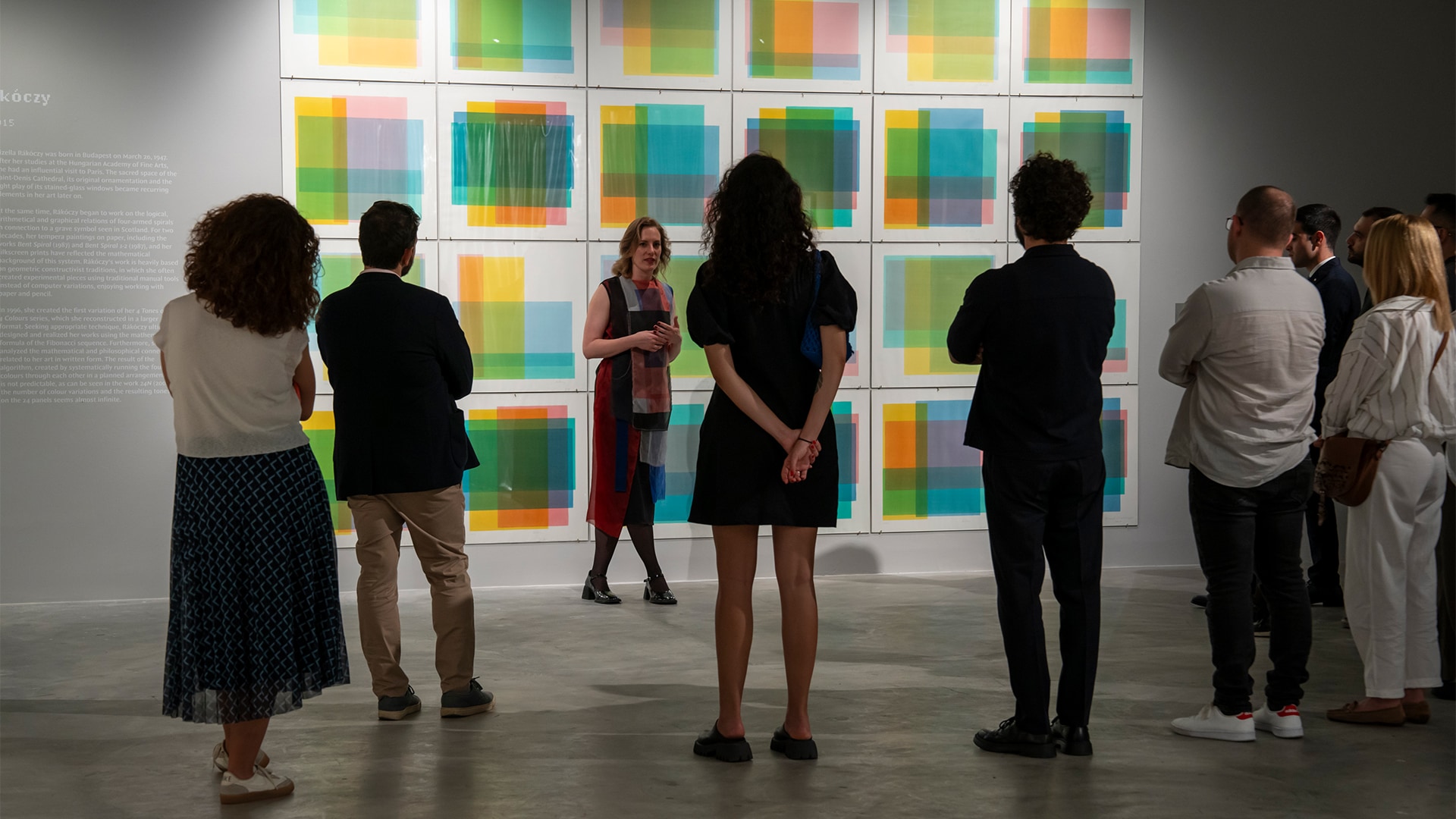
Pera Museum is hosting a guided tour led by curatorKinga Rózsa Hamvai. The tour explores the works of three Hungarian female artists, Dóra Maurer, Vera Molnár, and Gizella Rákóczy. These artists combine mathematics, geometry, and art through algorithms and series. The tour also presents a significant selection from the Central Bank Collection, one of Hungary’s leading modern and contemporary art collections.
Pera Learning
Parallel to Calculations and Coincidences, the program offers fun and inspiring exhibition tours and workshops for different age groups, both online and face-to-face. It brings algorithms, probability, randomness, and mathematics together with art.
Fun workshops for the semester break allow children and teachers to enrich their holiday with art.

Inspired by its Anatolian Weights and Measures Collection, Pera Museum presents a contemporary video installation titled For All the Time, for All the Sad Stones at the gallery that hosts the Collection. The installation by the artist Nicola Lorini takes its starting point from recent events, in particular the calculation of the hypothetical mass of the Internet and the weight lost by the model of the kilogram and its consequent redefinition, and traces a non-linear voyage through the Collection.

French artist Félix Ziem is one of the most original landscape painters of the 19thcentury. The exhibition Wanderer on the Sea of Light presents Ziem as an artist who left his mark on 19th century painting and who is mostly known for his paintings of Istanbul and Venice, where the city and the sea are intertwined.
Tuesday - Saturday 10:00 - 19:00
Friday 10:00 - 22:00
Sunday 12:00 - 18:00
The museum is closed on Mondays.
On Wednesdays, the students can
visit the museum free of admission.
Full ticket: 300 TL
Discounted: 150 TL
Groups: 200 TL (minimum 10 people)